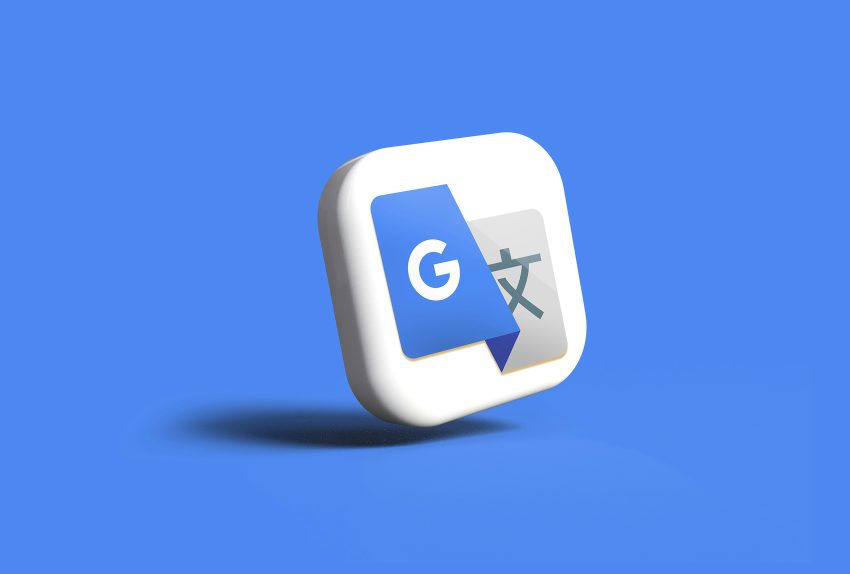Translate Alternatives Instead
In a world where businesses collaborate internationally, travellers explore diverse cultures, and academics share knowledge across borders, accurate translation is paramount. However, relying solely on ubiquitous platforms like Google Translate may lead to unforeseen challenges. Despite its convenience, Google Translate has inherent limitations that often result in inaccuracies, misinterpretations, and a lack of nuanced context.
This article delves into the complexities of translation, exploring the pitfalls of the app and introducing the best Google Translate alternatives that promise not just words, but meaningful and contextually accurate communication.
The Limitations of Google Translate
Google Translate, the ubiquitous translation tool, has undoubtedly revolutionized the way we bridge language barriers. However, beneath its surface simplicity lies a complex web of limitations that can lead to significant miscommunications.
- Accuracy: One of the primary challenges of Google Translate is accuracy. While it performs admirably with straightforward phrases, it struggles with context-specific language nuances, idiomatic expressions, and technical jargon.
- Contextual Understanding: Google Translate often falls short in comprehending context. Languages are rich with cultural and contextual subtleties. A phrase that is perfectly innocuous in one language might be offensive or entirely nonsensical in another.
- Loss of Nuances: Languages are not just about words; they are carriers of culture, history, and emotions. Google Translate tends to overlook the emotional tone, sarcasm, or politeness levels embedded in phrases. In languages like Japanese, the choice of words can convey respect or familiarity, significantly altering the conversation’s dynamics.
Google Translate Alternatives
DeepL
At the forefront of the translation revolution stands DeepL, a neural network-based translator that redefines accuracy. Unlike traditional statistical machine translation models, DeepL utilizes deep learning techniques, allowing it to understand complex sentence structures, idiomatic expressions, and subtle nuances within context. This advanced understanding of language enables DeepL to produce translations that resonate with the original text’s tone and intent. It excels particularly in European languages, where intricacies often challenge other platforms. DeepL is a favorite among professionals, academics, and writers who demand precision in their translations.
Microsoft Translator
Microsoft Translator stands as a versatile powerhouse in the realm of translation tools. It’s adaptable and seamlessly integrates with various Microsoft products and has real-time translation capabilities across multiple languages. One of its standout features is its cloud-based architecture, allowing users to access translations anytime, anywhere, making it a go-to choice for individuals on the move. Additionally, Microsoft Translator’s AI-driven approach ensures that the tool continually refines its translations, learning from context and user interactions to provide more accurate and contextually relevant results over time.
Translate.com
Translate.com offers translation services in over 90 languages and has a community-driven approach. Users not only benefit from machine translations but also contribute to the platform’s improvement. Translate.com allows users to suggest corrections, enhancing the accuracy of translations and creating a collaborative language learning experience. This inclusivity is especially valuable for individuals dealing with less common or minority languages, ensuring that language barriers are broken down for even the most obscure dialects. The platform’s extensive language coverage makes it an invaluable resource for travelers, businesses, and language enthusiasts dealing with diverse linguistic contexts.
In-Depth Comparison: Google Translate vs. Top Alternatives
Accuracy: The Lingual Litmus Test
Google’s machine learning algorithms power Translate, enabling it to handle common phrases and sentences reasonably well. However, its accuracy falters with complex sentences, idiomatic expressions, and nuanced contexts, often resulting in literal translations that lack depth.
DeepL’s neural network-based approach grants it unparalleled accuracy, especially in European languages. Its deep learning algorithms enable it to comprehend intricate sentence structures, capturing the essence and subtleties of the original text with remarkable precision.
Microsoft’s translation service leverages a combination of statistical machine translation and neural machine translation. While it fares well in basic translations, its accuracy can waver in complex contexts, requiring revisions for idiomatic or technical content.
Translate.com: Translate.com’s accuracy relies on a community-driven model, allowing users to suggest corrections. While this communal effort enhances accuracy, it may still present challenges in capturing subtle nuances, making it suitable for general translations but potentially lacking depth in specialized domains.
Language Coverage: Beyond Borders
Google Translate boasts a vast language portfolio, covering over 100 languages. While its extensive reach is commendable, the depth of translation quality varies significantly among languages, with more commonly spoken languages benefiting from higher accuracy.
DeepL, while exceptional in European languages, has a more limited language selection compared to Google Translate. Its strength lies in the depth of translation accuracy rather than the breadth of languages supported.
Microsoft Translator offers translations in over 60 languages, focusing primarily on widely spoken languages. While it caters to a considerable user base, users seeking translations in less common languages might find their options limited.
Translate.com takes pride in its inclusivity, providing translations in over 90 languages. This extensive language coverage ensures accessibility to a wide array of users, including those dealing with less commonly spoken languages.
User Experience: Navigating the Interface
Google’s minimalist interface makes it user-friendly and easily accessible. Its simplicity appeals to users seeking quick translations, although the lack of advanced features may deter professionals from requiring specialized translations.
DeepL offers an intuitive and straightforward interface, focusing on core translation functionalities. While lacking some advanced features, its clean design enhances user experience, allowing users to focus on the translation task at hand.
Microsoft Translator integrates seamlessly into the Microsoft ecosystem, providing a cohesive user experience for individuals using Microsoft products. Its user interface is intuitive, ensuring users can easily access translations within their familiar applications.
Translate.com’s interface is user-friendly, emphasizing accessibility and inclusivity. Its simplicity caters to users seeking basic translations without overwhelming them with complex features.
| Criteria | Google Translate | DeepL | Microsoft Translator | Translate.com |
| Accuracy | Moderate accuracy, may struggle with complex phrases | Exceptional accuracy, excels in nuanced translations | Good accuracy, particularly for common phrases | Varies based on community suggestions |
| Speed | Quick translations for most sentences | Swift translations due to advanced neural networks | Speedy translations, especially for common phrases | Quick translations for everyday use |
| Supported Languages | 100+ languages | 26 languages (focused on European languages) | 60+ languages | 93 languages |
| Pricing Plans | Free tier available, paid plans for businesses | Free trial with paid plans based on usage | Free for limited usage, paid plans for businesses | Free tier available, paid plans for businesses |
In the realm of online translation tools, each option brings its own set of strengths and weaknesses to the table.
For businesses requiring pinpoint precision, DeepL emerges as the winner. If you prioritize a wide language spectrum, Google Translate remains unmatched. Microsoft Translator suits those seeking a blend of speed and accuracy, whereas Translate.com caters to casual users.
Ultimately, the choice boils down to your specific needs. Are you a global enterprise demanding precision? Opt for DeepL. Need extensive language options? Google Translate is your ally. Seeking a balance? Microsoft Translator is your answer. For swift casual translations, Translate.com fits the bill. Tailor your choice to your requirements, ensuring seamless communication in our diverse world.


